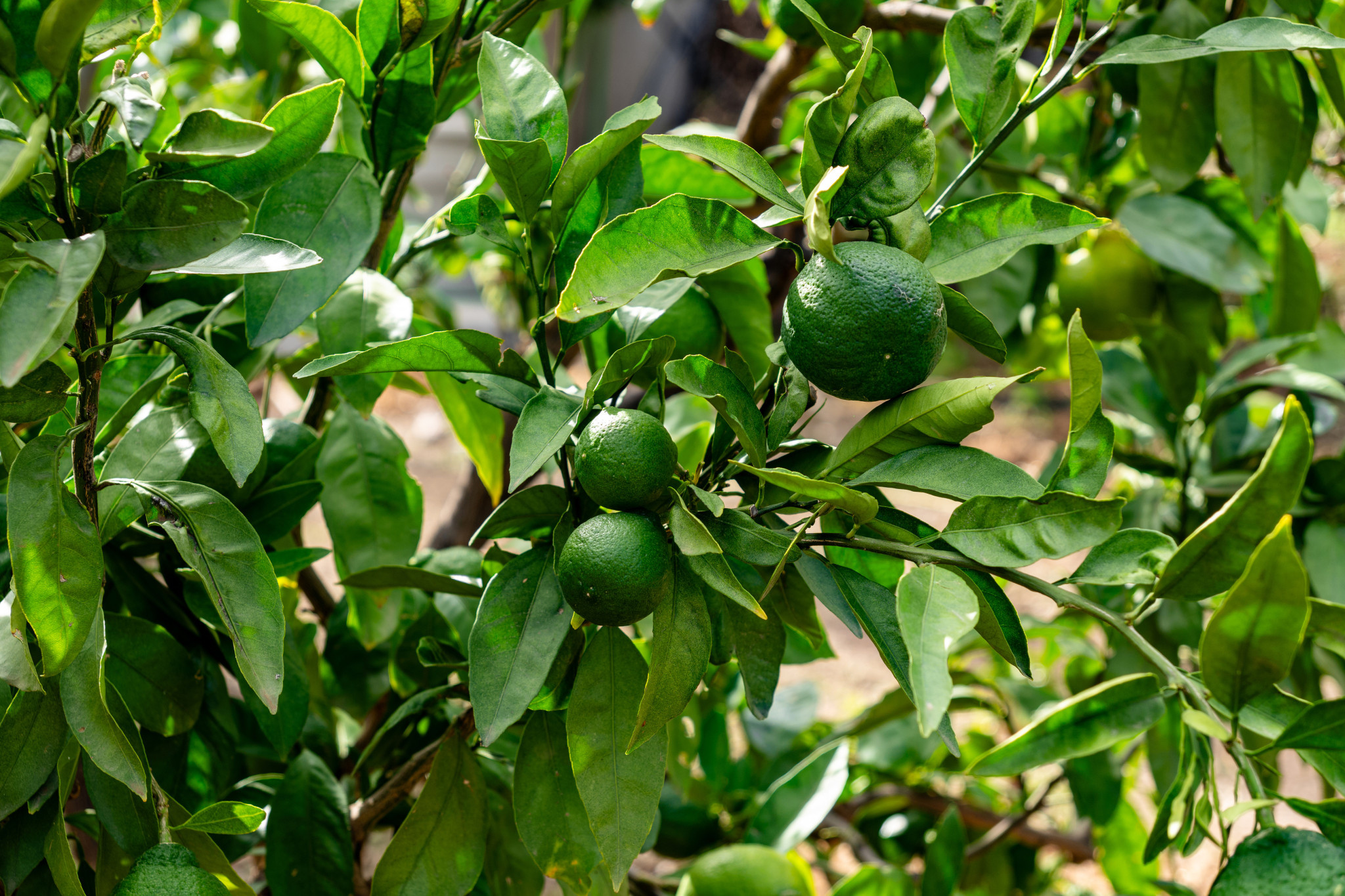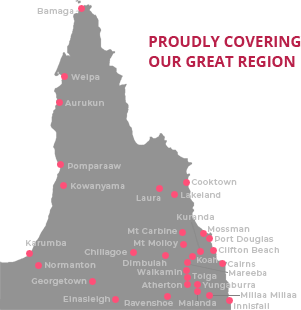On The Land
13 July, 2025
Dip in avo crop production
AUSTRALIA is experiencing a dip in avocado production with the 2024-25 crop estimated to be down 15% on last year, Rabobank says in a newly-released report.

But the drop in Australia’s booming avo production is expected to be short-lived, resulting from the phenomenon of “alternate bearing” where trees can produce a large crop one year followed by small or no crops the next, according to the report by the agribusiness banking specialist’s RaboResearch division.
Last year, The Express reported that thousands of mature avocado trees were being bulldozed across the region as the market price for the fruit plummeted and farmers struggled to keep up with rising costs.
According to growers – some of whom had been farming avocadoes for decades – the price per tray for the fruit was half what it used to be due to oversupply in Australia last year, while the cost of freight, labour, chemicals and fees had vastly risen, leaving farmers with no choice but to bulldoze their trees and start afresh.
The Rabobank report says Australian production is forecast to rebound to record volumes – of around 170,000 metric tons – in 2025-26.
RaboResearch analyst Anna Drake said Australia was estimated to have produced 128,000 metric tons of the fruit in the 2024-25 season – which equated to close to 20 avocados per person a year.
Meanwhile the world’s appetite for avocados continues to grow at a rapid rate, with the global market smashing the US$20 billion (Australia $30 billion) mark for the first time.
Ms Drake said growth in new “bearing acreage” (avocado trees coming into production) in Australia was starting to slow, with the area planted at the peak of new avocado planting in 2019 now in full production.
“New avocado planting has continued to drop off sharply,” she said.
“Avocado tree planting in 2024 was at its lowest level since 1999 and down over 90% from the highs in 2019, signalling the beginning of a levelling-off in crop size.”
Ms Drake said while Australian avocado production was expected to rebound next year, with many alternate-bearing trees set to have an “on” production year, longer term, the production growth rate was likely to slow, reflecting a stabilisation in supply.
The report said Australian avocado export volumes remained flat in 2024.
“Export volumes to the major destinations of China, Singapore and Malaysia remained almost unchanged year-on-year, while those to India increased sharply after improvements in market access,” Ms Drake said.
RaboResearch senior horticulture analyst David Magana said three main regions represented 88% of the market value of the fruit – Latin America, North America and Europe.
While Latin America led global consumption, the market value in the rest of the world was still low (at 12%), he said, presenting opportunities for growth.
North America had seen a significant increase in avocado demand growth in the past two decades, led by marketing campaigns.
Globally, avocado export volumes are growing rapidly, RaboResearch said, driven by increased production and diversification of exporting countries.
“Amid this rise of new suppliers, seasonal oversupply in certain markets is a concern that will require continued demand creation and marketing strategies,” the Rabobank report said.
RaboResearch expects global avocado exports to continue to expand in the next few seasons.
“We estimate global avocado exports will surpass three million metric tons by 2026-27, a significant increase from one million metric tons in 2012-13,” Mr Magana said.


